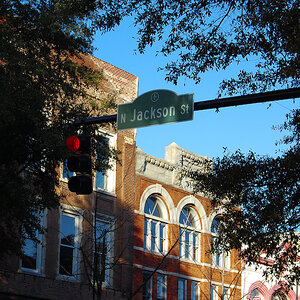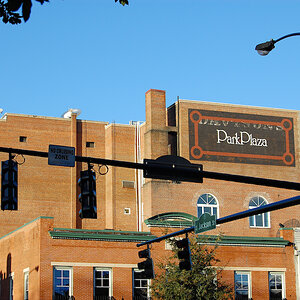- Joined
- Jul 3, 2004
- Messages
- 3,714
- Reaction score
- 531
- Location
- Here N There
- Website
- img24.photobucket.com
To my understanding(pls correct me if I am wrong), active D lighting is an auto function that tries to bring up the exposure in the darker parts of the photo under high contrast lighting scenarios?
So if I shoot in RAW, does this actually matter? As in, shooting with or without Active D lighting shouldn't affect my RAW file right?
So if I shoot in RAW, does this actually matter? As in, shooting with or without Active D lighting shouldn't affect my RAW file right?




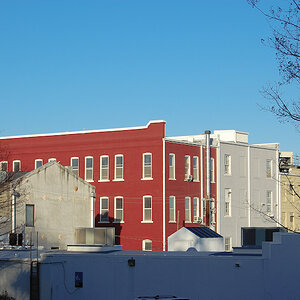
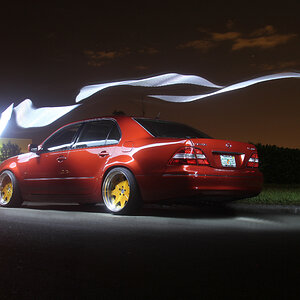
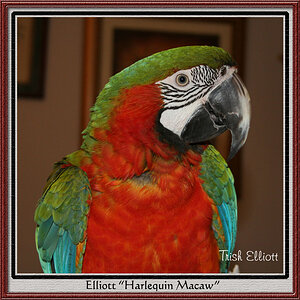
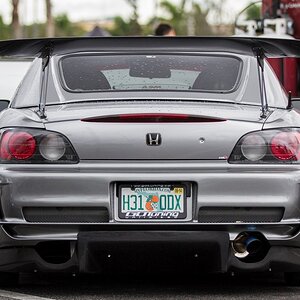

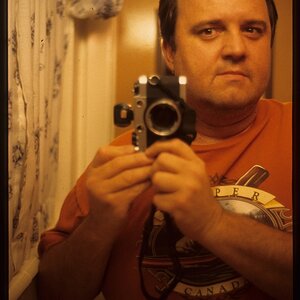
![[No title]](/data/xfmg/thumbnail/36/36421-843e629a8c32ff091e337e6880f0c323.jpg?1619737565)
